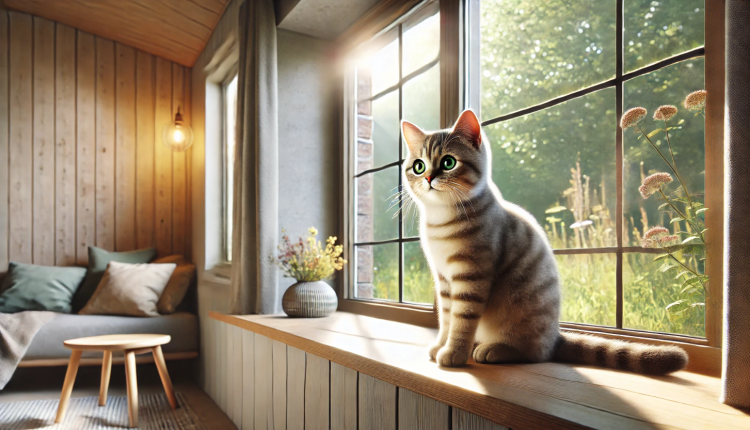Understanding Feline Communication: Decoding Your Cat’s Signals
Cats have long been cherished for their independence, grace, and enigmatic behavior. To build a strong bond with your feline companion, it’s essential to understand how they communicate. Cats use a combination of vocalizations, body language, and behaviors to convey their feelings and needs. By learning to interpret these signals, you can respond appropriately and strengthen your relationship with your cat.
Vocalizations: What Is Your Cat Trying to Tell You?
Cats are capable of producing a variety of sounds, each serving a distinct purpose:
- Meowing: Primarily used to communicate with humans, meows can indicate hunger, a desire for attention, or discomfort. The tone, pitch, and frequency can provide clues about your cat’s emotional state. For instance, a persistent, loud meow may signal urgency, while a soft meow might be a simple greeting.
- Purring: Often associated with contentment, purring can also occur when a cat is in pain or distressed. It’s believed that purring can have a self-soothing effect, helping cats remain calm in stressful situations.
- Hissing and Growling: These are clear signs of fear, aggression, or discomfort. If your cat hisses or growls, it’s best to give them space and identify any potential threats or stressors in their environment.
- Chirping and Chattering: These sounds are typically observed when a cat is watching birds or other prey animals. They may indicate excitement or frustration, possibly reflecting an innate hunting instinct.
Body Language: Reading Your Cat’s Posture and Movements
A cat’s body language offers valuable insights into their emotional state:
- Tail Position:
- Upright Tail: A vertical tail often signifies a happy and confident cat, especially if the tip is slightly curved.
- Puffed-Up Tail: A bushy, puffed-up tail indicates fear or agitation, making the cat appear larger to potential threats.
- Tucked Tail: A tail tucked between the legs suggests submission or anxiety.
- Ears:
- Forward-Facing Ears: Show interest and attentiveness.
- Flattened Ears: Indicate fear, aggression, or irritation.
- Eyes:
- Slow Blinking: A sign of trust and affection. You can reciprocate by slowly blinking back.
- Dilated Pupils: Can indicate excitement, fear, or surprise, depending on the context and accompanying body language.
- Whiskers:
- Forward Position: Suggests curiosity or hunting behavior.
- Pulled Back: Indicates fear or discomfort.
Common Behaviors and Their Meanings
- Kneading: When a cat presses its paws alternately against a soft surface, it’s often a sign of contentment and comfort, reminiscent of kittenhood behaviors.
- Head-Butting (Bunting): This affectionate gesture is a way for cats to mark you with their scent, indicating trust and bonding.
- Scratching: Beyond sharpening claws, scratching serves as a territorial marker, both visually and through scent glands in their paws. Providing appropriate scratching posts can help satisfy this instinctual behavior.
- Grooming:
- Self-Grooming: Maintains cleanliness and can have a calming effect.
- Grooming Others (Allogrooming): Indicates social bonding. If your cat grooms you, it’s a sign of affection and acceptance.
- Lying with Belly Exposed: While this posture indicates trust, it doesn’t always mean the cat wants a belly rub. Many cats may react defensively if their belly is touched, so proceed with caution.
Understanding Context: The Importance of the Environment
It’s crucial to consider the context in which behaviors occur. A cat’s signals can have different meanings depending on the situation. For example, dilated pupils might indicate fear during a vet visit but excitement during playtime. Observing the overall environment and any recent changes can provide additional insights into your cat’s behavior.
Building a Stronger Bond Through Communication
By paying close attention to your cat’s vocalizations, body language, and behaviors, you can gain a deeper understanding of their needs and emotions. Responding appropriately—whether by providing space, engaging in play, or offering comfort—will help build trust and strengthen the bond between you and your feline friend. Remember, each cat is an individual, and getting to know their unique ways of communicating will enhance your relationship and ensure a harmonious coexistence.

